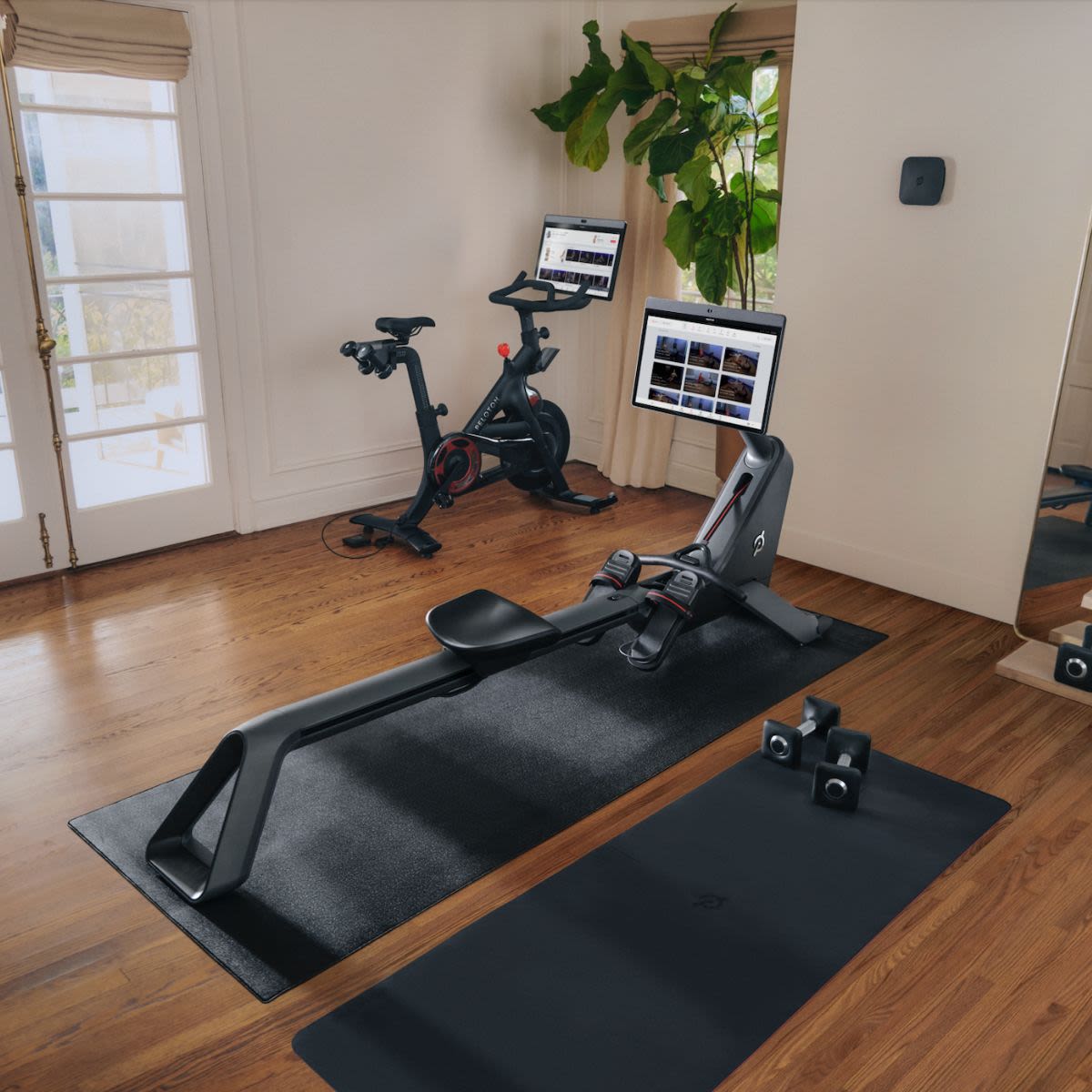
How Can I Make Time for Rowing in My Exercise Routine?
Yes, you can fit in a new, incredibly impactful workout.
By Eric Arnold•
Establishing an effective, impactful workout routine takes time. Everyone has to find the right balance or combination of classes to continue driving toward their fitness goals, since there’s no one-workout-accomplishes-all solution. Prefer running or cycling? You don’t get upper-body benefits. Weights are more your thing? Then you need to make more time for cardio.
Rowing, however, happens to be an exception, as it works nearly every muscle group, making Peloton Row one of the best full-body workouts you can add into your routine.
But how, if you’re already biking, running, meditating, lifting weights, and possibly more? There’s only so many hours in the week, after all. According to our Peloton Row instructors, however, making the time is easier than you’d think—and you’ll experience significant benefits across other forms of exercise. Here’s how to make rowing an important and enjoyable part of your workout life.
Augment or Replace Your Leg/Core Days
Effective and efficient rowing requires perfecting your form over time—just as you mastered your pedal stroke on the Peloton Bike. Once you get your form right, you’ll find that your rowing power comes from about 60 percent leg strength and 20 percent core and back (the last 20 percent is your arms). That makes it a perfect replacement for your lower body and core strength workouts if you want to sub them out occasionally.
Peloton Row instructor Ash Pryor also points out that rowing will boost your performance across other forms of exercise.
“[Rowing] is a great way to gauge your progress in strength or yoga,” she says. “How has your form improved? How has your core stability improved your posture to then increase your power output?” When she can hold certain poses in yoga, she adds, she knows her stamina and strength, particularly in her legs and core, have benefitted from rowing.
Work Smarter, Not Longer
The big advantage of rowing is that you can accomplish more for your body in less time. In other words, it’s not so much about making more time in your routine for rowing, it’s about giving yourself more time to do things other than work out.
“Rowing is the best return on your investment when it comes to working out,” says Peloton instructor Alex Karwoski, “because it demands so much of your total body that, even in just 10 to 15 minutes, you can get that heart rate up, get a great sweat, and then get on with your life!”
In other words, you can cut back on your time spent on other workouts if you do some rowing—and still continue building your strength and endurance.

Peloton Row
Work 86% of your muscles in just 15 minutes.
It's the Perfect Warm Up or Cooldown
One of the best ways to work rowing into your routine—and enjoy the benefits—is to make it your warm up, whether you plan to bike, run, do a bootcamp, or lift weights.
“Not only does it warm the entire body up, it also activates many of the muscles we target in strength training,” says Peloton instructor Matt Wilpers. “For those focused on cycling or another sport, rowing is a wonderful cross-train that targets the same energy systems. So it offers a great way to add volume to your schedule without the repetitive wear and tear of more volume of the same sport.”
For instructor Katie Wang, rowing is the perfect complement to strength training. “[They] go together like PB&J,” she says. “I love incorporating rowing into one of my strength workouts, either as a way to activate my muscles or as a finisher to really burn out whatever muscle group I was working that day.”
Rowing Is Good for Your Brain Too
Mental health has been an important topic of late, and physical exercise is certainly an essential aspect of the conversation. If you make time to improve your state of mind, rowing can be key, Alex points out, because there’s a meditative aspect to it.
The “work” of rowing comes on the drive—the part of the stroke where you push with your legs and activate your core. From there, “you have to maintain concentration and rhythm as you come back up on the recovery—moving back towards the screen,” Alex explains. So, with each stroke you’re shifting your focus between the “work” and “relax” modes which, Alex believes, improves your mental fortitude and determination.
Peloton Row’s metrics can help with this too. The machine tracks your pace, split, distance, target, stroke rate, and output. All of this can help distract you from how hard you’re working, or draw you toward a specific area of focus—both of which can be beneficial in terms of your mental health. “Honing in on improving just one number at a time will be shown instantly and over the course of a workout or training block,” Alex says, “which will give you an amazing sense of accomplishment.”
Ready to incorporate rowing into your exercise routine? Order Peloton Row today!
This content is for informational and educational purposes only and does not constitute individualized advice. It is not intended to replace professional medical evaluation, diagnosis, or treatment. Seek the advice of your physician for questions you may have regarding your health or a medical condition. If you are having a medical emergency, call your physician or 911 immediately.


